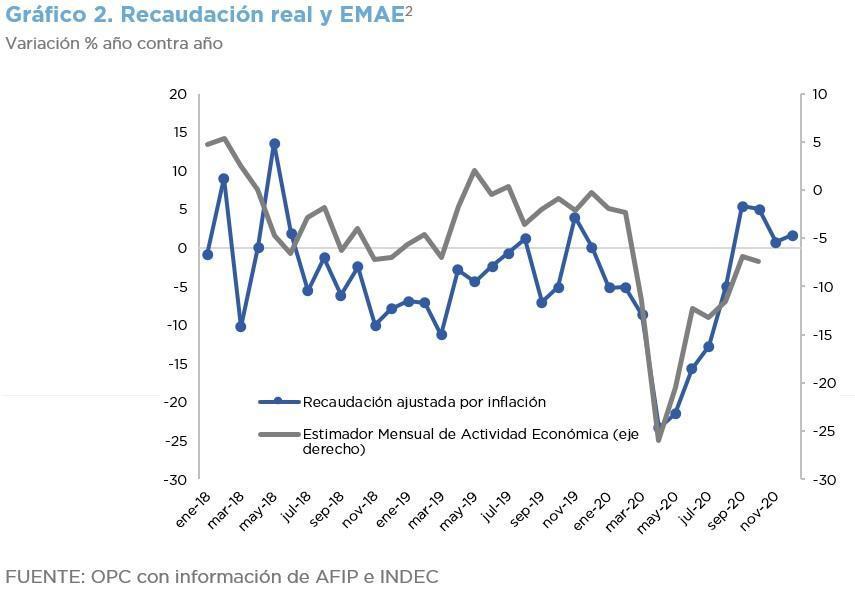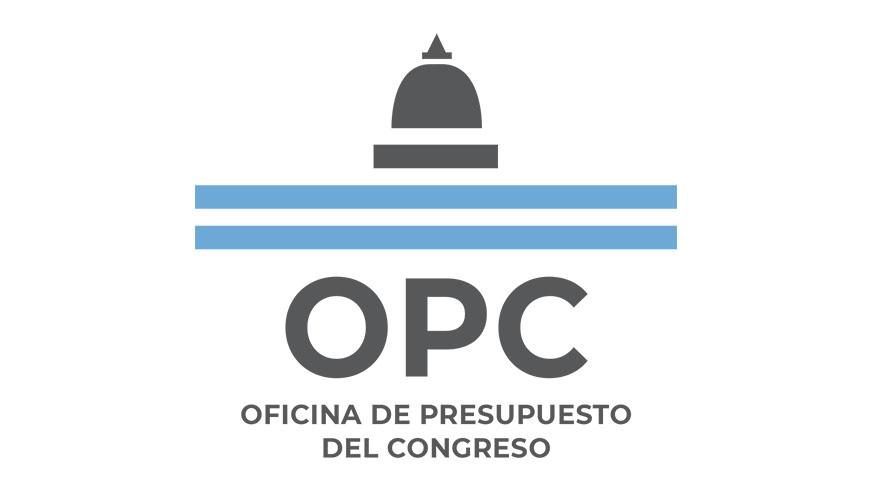Marketable government securities for AR$450.1 billion and USD5.7 million (equivalent to USD5.49 billion) were canceled in December, of which AR$230.6 billion were cash payments, and the remaining were swap transactions.
Three auctions were held resulting in the placement of instruments in pesos for a total of AR $283.48 billion in original face value. In addition, a new auction was held to swap securities in pesos for bonds in dollars, in which bonds AL30 and AL35 were issued for USD750 million.
During December, loan disbursements for USD994 million were received and amortizations for USD173 million were paid, mainly for operations with multilateral credit organizations.
Interest payments totaled the equivalent of USD105 million in December, of which 60% were made in foreign currency. Interest payment on LEBAD at BADLAR rate + 500 basis points for AR$2.93 billion (approximately USD35 million) stands out.
During 2020, the Treasury held periodic auctions in the local market through which different types of instruments were placed. In the first part of the year, the largest placements were voluntary swaps of instruments maturing in 2020 for which mainly inflation-adjustable securities were delivered. On the other hand, fixed-rate securities, especially treasury bills issued at a discount (LEDES) predominated in the market in pesos. In the last months of the year, the issuance of dollar-linked securities (dollar-linked bonds in October and swaps of securities in pesos for dollar bonds in November and December), and floating-rate securities in pesos became more significant. Interest payments were made for a total of USD8.04 billion throughout the year.
Maturities in January are estimated to total the equivalent of USD10.5 billion (amortizations for USD10.2 billion and interest for USD271 million). By excluding holdings within the public sector, maturities are reduced to USD2.45 billion.






